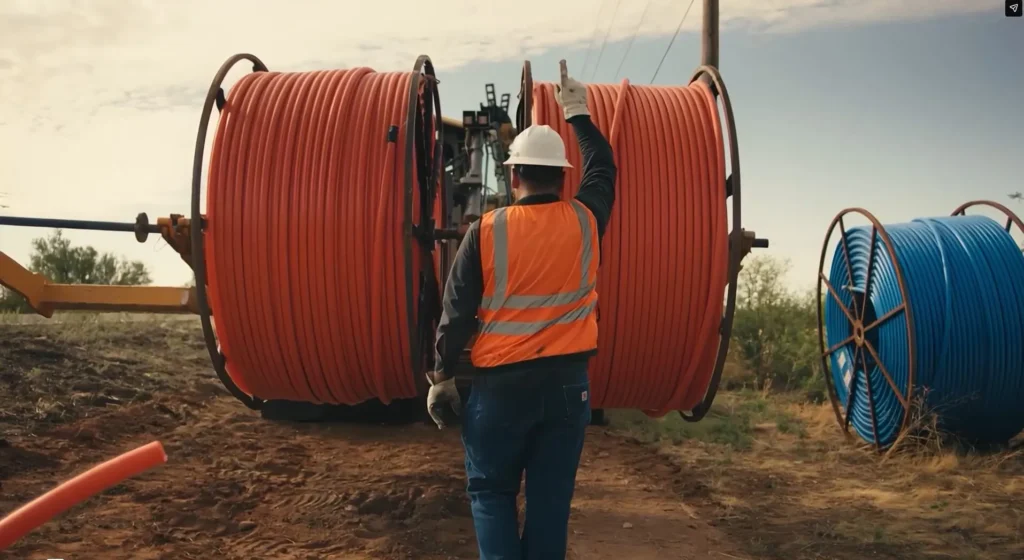Have you ever wondered why internet speed is measured in bits per second, but the data itself is measured in bytes? Why is this? Wouldn’t it make more sense if we used the same unit of measurement for both data speed and data volume?
For those unfamiliar with the fundamentals of data measurement, this post outlines the distinct differences between bits and bytes to clear up some of the confusion surrounding this concept. A bit is the smallest unit of computer information. It’s essentially a single binary data point; either yes or no, on or off, up or down. A byte on the other hand is a unit of memory that usually contains 8 bits. This is because historically, 8 bits are needed to encode a single character of text. So when we measure the volume of information capable of being contained on, say, a hard drive, it makes sense to measure this as the total amount of memory available. In other words, the number of bytes.
As to why we measure internet speed in bits even though the internet delivers bytes of data, it is because the internet delivers those bytes of data as single bits at a time. And because those bits sometimes come out of order and from different server locations, it’s both more accurate and more intuitive to measure speed as a factor of the number of bits per second that an internet connection is capable of transmitting, not the total number of memory units, or bytes, it transmits.
Most cable ISPs offer consumers 100 megabits per second (quite often referred to as Mbps) internet speeds. It is essential to pay close attention to the magnitude of the file that you are downloading or uploading. In theory, it would take approximately 8 seconds to transfer a file that was 100 megabytes (quite often referred to as MBs) in size.
It’s worth noting that regardless of the measurement unit, data transferred over the internet doesn’t move at a perfectly smooth rate. Speed and bit-delivery order may fluctuate based on time of day, the number of users in your region, and the type of information you’re requesting. Streaming movies, for example, requires data be delivered in a specific order. But sending email does not. The bits of data that make up that email from grandma can arrive in any order as long as the email client arranges them properly once they arrive. And though speed fluctuates, a recent FCC report shows that when averaged over a set period of time, cable ISPs deliver at or above advertised internet speeds (as shown in the graphic below).

Today, many cable ISPs are capable of delivering internet speeds over 1 Gigabit per second. That’s 1 billion bits per second! Not everyone needs this much speed today (Netflix reports that a connection speed of 25 Megabits per second is all that’s required to stream Ultra HD content), but cable ISPs see a future of virtual reality, telehealth, driverless cars, and an internet of things. In that environment, speed requirements are going to increase. Regardless of whether it’s necessary today, ISPs are preparing their networks for the needs of the future. So, while we’ll likely always measure speed in bits and data volume in bytes, the consistency and speed at which those bits are delivered over the internet will surely rise.









